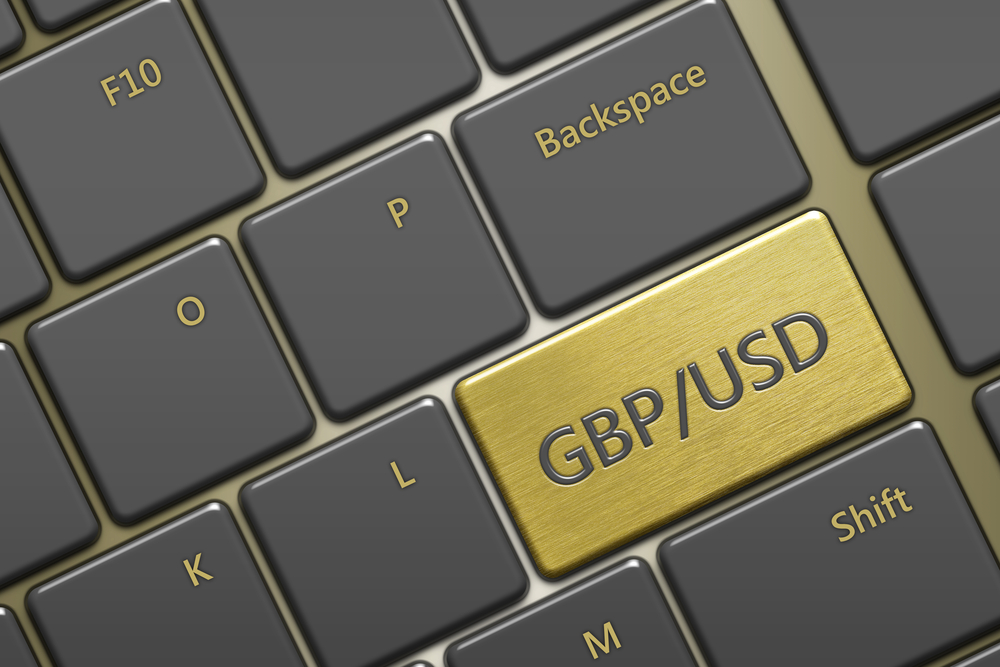- Summary:
- GBPUSD is trading lower ahead of a busy week with UK labor data and the BOE rate decision on deck. Will the BOE really increase its QE later this week?
Just like most major currency pairs, GBPUSD has not been spared by risk aversion. It is currently trading lower ahead of a busy week with UK labor data and the BOE rate decision on deck. As of this writing, it is down by 0.19% as it trades at 1.2517.
Risk aversion is driving market sentiment today as fears of another lockdown seems inevitable in the US. The number of confirmed coronavirus cases in the country continues to climb with the current count already at 2,094,058.
In terms of market-moving events, our forex calendar is blank for economic data from the UK today. However, tomorrow the claimant count change report for May is due to come out. Then later this week, on Thursday, the BOE rate statement is due.
According to UK Times, the central bank could announce more stimulus in an effort to support the economy amid the coronavirus pandemic. They have predicted an additional 150 billion GBP in stimulus. If this turns out to be true, we could see further weakness on GBPUSD as more easing would be bearish for the currency pair. On the other hand, of the BOE chooses to stay on the sidelines and maintain its current level of bond-buying, GBPUSD could trade higher.
Download our Q2 Market Global Market Outlook
GBPUSD Outlook
On the daily time frame, it can be seen that the uptrend on GBPUSD remains to be intact. This is evidenced by the currency pair continuing to trade above the rising trendline from connecting the lows of May 18 and May 26. It can be seen that GBPUSD is testing a confluence of support at its current price too. Aside front he trendline, the price also coincides with the 100 SMA as well as the 50% Fib level (when you draw the Fibonacci retracement tool from the low of May 22 to the high of June 10). Reversal candles around its current price, at the 1.2500 handle, could mean that there are still buyers left in the market. It could imply that GBPUSD still has room to trade higher and test the near-term resistance at 1.2812.
Alternatively, the 1-hour chart of GBPUSD suggests that sellers could continue to drive price lower. The currency pair has recently been consolidating following a sharp drop. Consequently, a bearish pennant chart pattern has formed. When you enroll in our free forex trading course, you will learn that this is considered a bearish continuation pattern. A strong close below Friday’s low at 1.2472 could mean that GBPUSD may soon fall to 1.2272 where it could test its May 19 highs at 1.2272.


